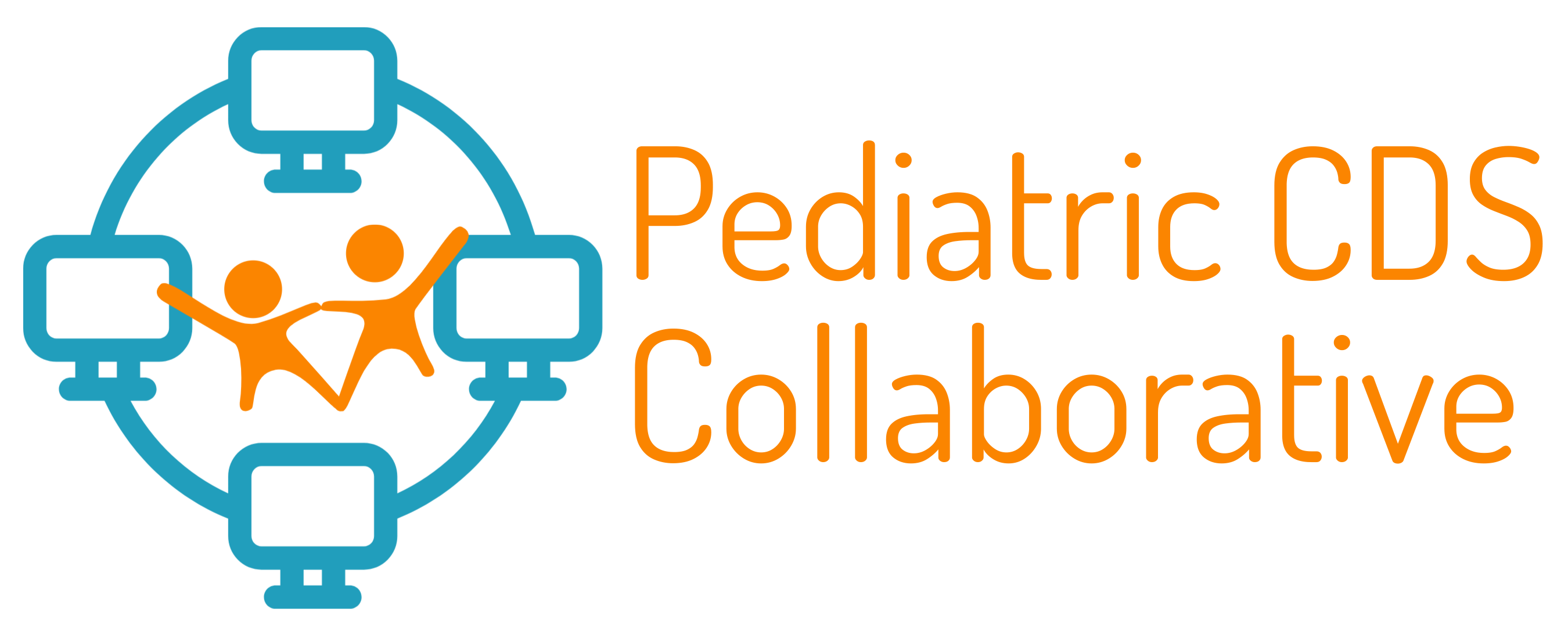Eric S Kirkendall 1 2 3, Juan D Chaparro 4 5, Philip A Hagedorn 6 7, Naveen Muthu 8 9, Evan W Orenstein 10 11
Abstract
While many electronic health record (EHR) alerts have improved patient outcomes, a systematic review found that computerized alerts improved adherence to the intended care process by a median of only 4.2%. Providers override the recommended action in up to 95% of EHR alerts. Routinely overriding alerts habituates providers into ignoring EHR alerts (alert fatigue), leading to patient harm. Reducing alert burden can reduce alert overrides. However, alert burden metrics have not been fully standardized, benchmarks are unknown, and as such, alert burden across institutions and care settings remains unknown. In this didactic panel, we will (1) discuss benefits and challenges in developing a pediatric learning collaborative for clinical decision support benchmarking and sharing of best practices (2) describe the strengths and weaknesses of different approaches to alert burden measurement, (3) demonstrate how alert prioritization can inform quality improvement initiatives to reduce alert burden, (4) examine unique measurement challenges for non-EHR alerts such as phone calls and text messages, and (5) discuss strategies for linking alert burden analytics to governance strategies that facilitate improvement.
Affiliations
- Center for Healthcare Innovation, Wake Forest School of Medicine, Winston-Salem, North Carolina, United States.
- Department of Pediatrics, Wake Forest School of Medicine, Winston-Salem, North Carolina, United States.
- Center for Biomedical Informatics, Wake Forest School of Medicine, Winston-Salem NC, United States.
- Division of Clinical Informatics, Nationwide Children’s Hospital, Columbus, Ohio, United States.
- Departments of Pediatrics and Biomedical Informatics, The Ohio State University College of Medicine, Columbus, Ohio, United States.
- Department of Pediatrics, University of Cincinnati, College of Medicine, Cincinnati, Ohio, United States.
- Division of Hospital Medicine, Cincinnati Children’s Hospital Medical Center, Cincinnati, Ohio, United States.
- Department of Pediatrics, University of Pennsylvania Perelman School of Medicine, Philadelphia, Pennsylvania, United States.
- Department of Biomedical and Health Informatics, Children’s Hospital of Philadelphia, Philadelphia, Pennsylvania, United States.
- Department of Pediatrics, Emory University School of Medicine, Atlanta, Georgia, United States.
- Children’s Healthcare of Atlanta, Atlanta, Georgia, United States.

